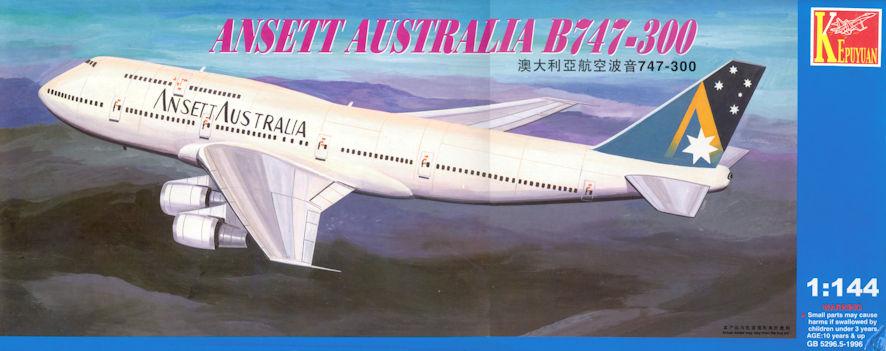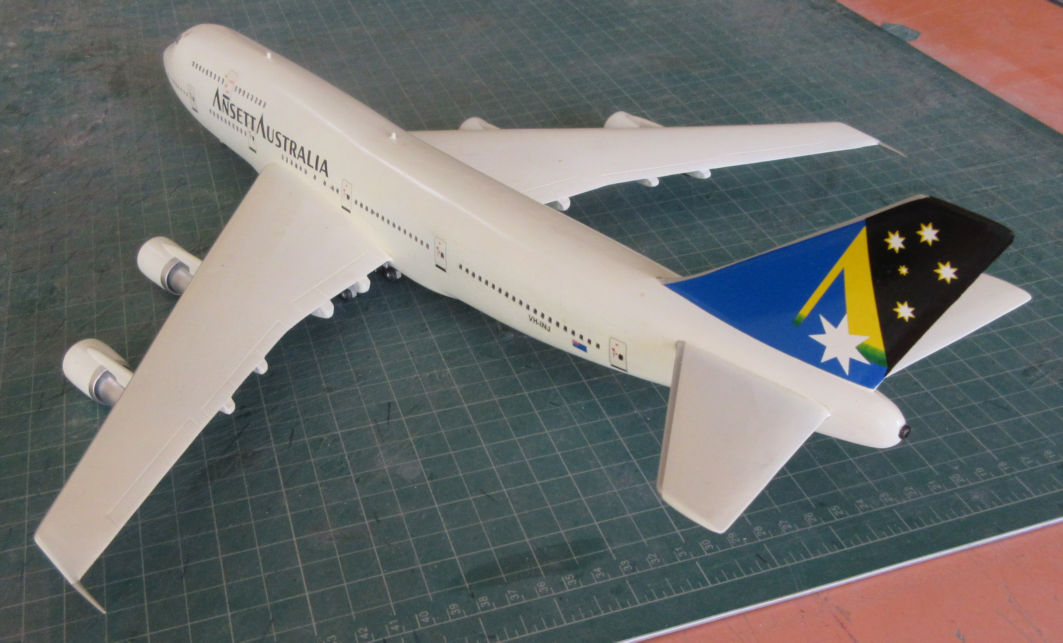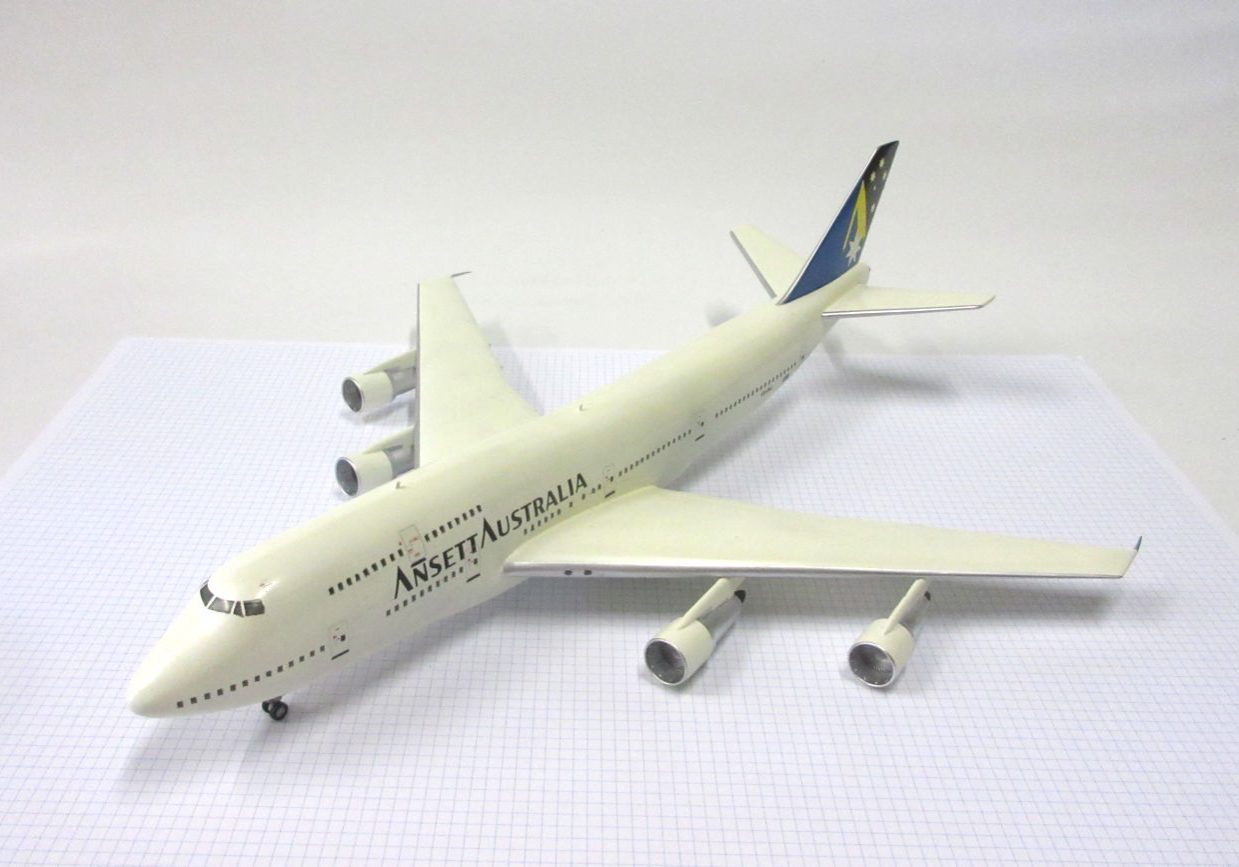Boeing took a great risk with the 747. It had bid for the contract to build the very heavy freighter for the United States Air Force but that was won by Lockheed with what become the C-5. Even so, Boeing went ahead with the project, development costs exceeded $16 million and Boeing had to build entirely new construction facilities because the new airliner was so big, the overall investment was so huge that the company would have gone broke had the 747 been unsuccessful.
As it was, international air transport was waiting for something like the 747 that made modern travel and tourism possible. Boeing launched the new airliner on 25 July 1966 and the first flight occurred on 9 February 1969. The basic 747-100 entered service in January 1970 and the developed 747-200 first flew in October 1970. The 747-300 was the result of a number of Boeing studies to increase the 747’s seating capacity. The resulting Boeing 747SUD (Stretched Upper Deck) was launched in June 1980 and was later renamed the 747-300 that flew for the first time in 5 October 1982 and entered service in March 1983. Apart from the stretched upper deck the 747-300 was little changed from the 747-200 and 81 were delivered between 1983 and 1990 and 75 remained in service in 2000.
Before February 1992 the Australian government’s policy was that there was only one Australian international airline, Qantas. After that the government introduced a new policy to bring competition to international air services and Ansett took advantage of it to launch a new airline, Ansett International, that began with short range flights in Boeing 737s to Indonesia. The airline planned longer range air services to Asia and leased two Boeing 747-300s from Singapore International Airways and the first one, registered VH-INJ, began services between Sydney and Osaka on 4 September 1994.
Ansett’s 747s earned the airline a high reputation for passenger service and were very popular with many who flew in them. In all Ansett International operated nine leased Singapore International 747-300s although only three or four were in its fleet at any one time. The Asian economic crisis of the 1997 severely damaged Ansett International’s operations and it switched to a fleet of two 747-400s (VH-ANA and VH-ANB) that were leased from Singapore International between August 1999 and September 2001 when Ansett collapsed. Another four 747-400s flew with Ansett International at various time when the two long term leased 747-400s were undergoing maintenance.

The only reason I completed this model is because I am an idiot. Anybody with any brains would not have bought the kit in the first place and even if they had made that mistake they would have quickly seen the error of their ways and consigned it to the rubbish bin before they started work on it. Not me, I’m not smart enough to have done that. Perhaps it is because I’m slow when it comes to checking up details on kits and so I didn’t realise how many problems this kit offers the aspiring modeller until it was too late. By the time I realised that I had made a series of terrible mistakes I’d gone so far and put so much effort into this kit that the only thing I could do was finish it, after a fashion. The only consolation I can draw from the whole terrible experience was that when I spotted this kit in Hearns Hobbies there were only three, of which I bought one, and I have never see it again so perhaps some importer out there decided not to unload such a dreadful kit on the unsuspecting Australian public.
It is almost impossible to know where to start with describing the problems with this kit. The most obvious is the rear horizontal fins that have leading and trailing edges so thick that the airliner could not have flown with them – thinning them down is easy enough but the plastic is so thin that it wears clear through and has to be filled with some plasticard and sanded to shape. What else? Of particular note is the shape of the cockpit windows, the highly imaginative wing-fuselage farings, the gaps between most of the parts, the engine pylons that look quite unlike the shape on the real thing, the window pattern that doesn’t match the real 747-300, the decal sheet (of which more anon)… Oh no, it’s too terrible to bring it all back to mind.
Then we come to the problem of painting and decaling. The all-white fuselage is the easy part – the instruction sheet gives details on the colours scheme for the wings which looks quite reasonable and the way that most airliners go, but the photographic evidence of Ansett International 747-300s I found suggests that the wings were all-white rather than the usual mix of greys and silver. I stuck with overall white simply to save putting more energy into the kit than was necessary.
As usual, the masking for the bare metal areas of the model was fiddly and tedious but it’s necessary to give the model some character. To add insult to injury, the kit decals offer choices for VH-ANA and VH-ANB which were 747-400s (there are other things with the decals that give me the impression that the sheet was designed for a 747-400, heaven forbid that they would actually release one of them too) and the airline names for the fuselage are black rather than deep blue.
I couldn’t bring myself to use 747-400 registrations on a 747-300 so I made up new registration letters on the computer. The only good think to say about this kit is that the end result looks rather more like an Ansett International Boeing 747-300 than the Boeing B-17 Memphis Belle. In fact, if you don’t know about all the problems and difficulties with this kit you might even think the end result looks quite attractive in its own way.


Leigh Edmonds
March 2003
